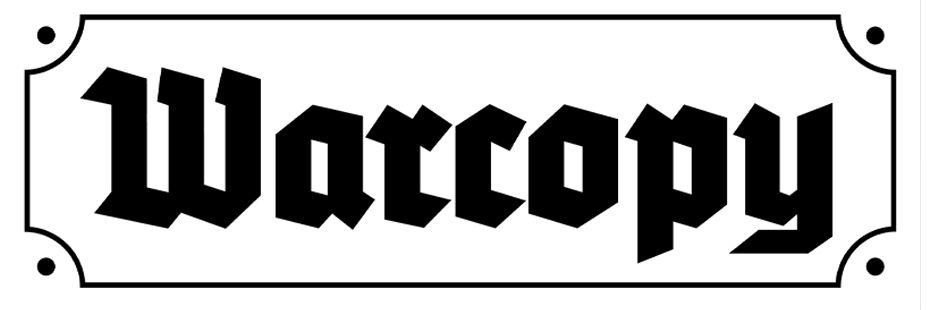
Looking back on the experience of the First World War, the Nazi leadership feared an insufficient supply of the population and the associated famine. Four days before the start of World War II, a regulation was adopted on the provisional provision of the vital needs of the German people, and allotments and ration coupons were introduced.
"Standard card" was issued for food, which was valid for four weeks.
The seller was initially freely selectable and the cards had order forms for certain goods. The seller cut off these order forms, stamped them and submitted them in bulk to the Reich Food Authority.
He then received a purchase order from the office, with which the trader could order the corresponding food from the wholesaler. This system soon proved impractical.
During the war, the order form system was replaced by the so-called "continuous subscription right". When selling the goods, the sellers cut off the relevant mark, affixed it to the bulk letter and then received a purchase order for it, which they submitted to the wholesaler or importer.
At the end of 1939, cards for hard workers and one for long and night workers were added. In addition, various cards were dealt to toddlers, children under the age of six, youth and adults. Soldiers on vacation (who stayed with their families) also received suitable holiday cards. The rural population, which was at least partially self-sufficient, received lower benefits.
The consumers were:
- 55% ordinary people
- 31% children and young people,
- 14% were classified as long-term, heavy or heavy workers.
Those who were eligible to purchase and were classified as Jews under the Nuremberg Racial Laws received red "J" cards with lower purchase quantities for many staple foods and were excluded from all special assignments. In October 1942, they received no more meat and clothing cards.
Food distribution also worsened the situation of people who hid and avoided arrest or deportation. Without cards, they would have a hard time getting food. Those who helped these people could give them almost nothing because the ration were too small to care for hidden people.
Until and including 1941, the food supply was still considered satisfactory. In April 1942, however, there were drastic cuts. The ration for ordinary consumers was reduced
- bread from 9.6 kg to 6.4 kg,
- meat from 1600 g to 1200 g,
- and fat from 1053 g to 825 g per month.
Importantly, ration coupons are only an authorization to purchase, there was no obligation to offer or sell the goods to the seller. If the ticket holders could not buy the goods (it was not on offer), these supply were forfeited without being carried over to subsequent periods and thus had fewer stocks.
Ration coupons were in no way a guarantee that the goods could be purchased (if they were unavailable). As a result, actual consumption was always lower than the quantities indicated in the ration coupons. These coupons did not allow for free purchase and therefore the food still had to be paid for.
Trading on the black market or stealing these coupons was considered a crime. The result was detention in a forced labor camp as a death penalty in later wars.
Reproductions of Reichsfettkarte & Reichsbrotkarte ration coupons can be used in the reconstruction of the period life of villagers as well as the addition of an exhibition of personal items of the population as well as a Wehrmacht soldier.
Additional parameters
| Category: | Food rations |
|---|---|
| EAN: | Choose variant |
| ? Dimensions (Basic coupons):: | 150x200mm |
| ? Dimensions (Bread coupons):: | 150x200mm |











